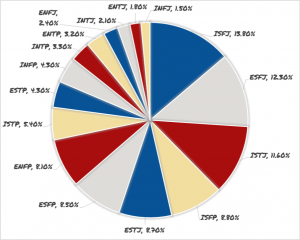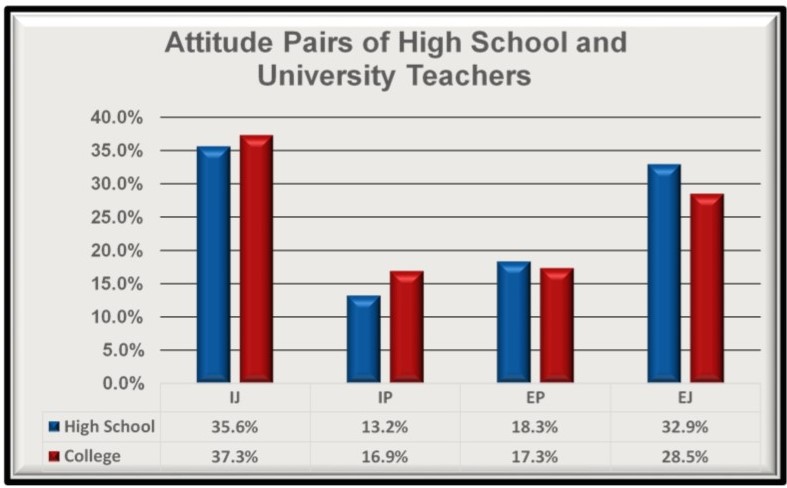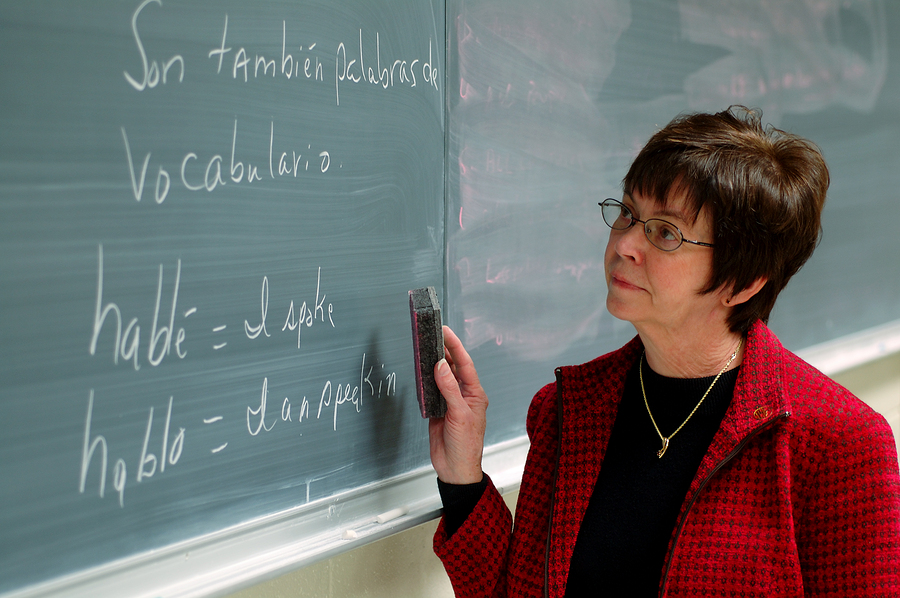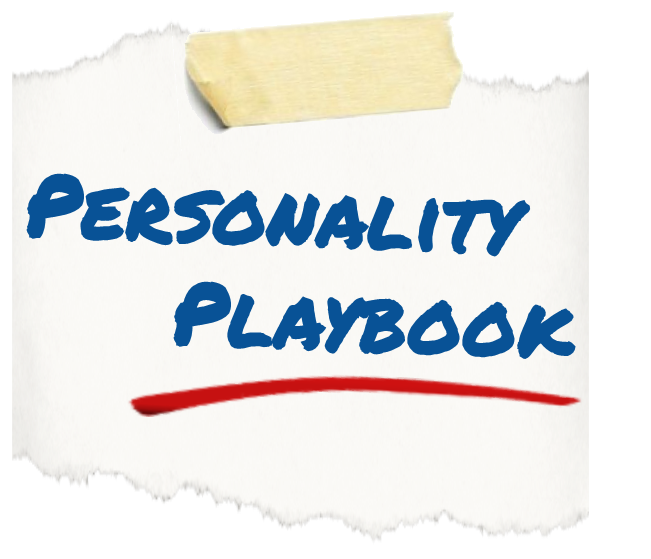
 Sensing and Intuition are perhaps the core preferences of the learning process because they describe how we take in information and the kinds of information we tend to prefer and trust. They are also the only pair of preferences that are not approximately a 50/50 split in the population. In fact, according to the MBTI® Manual, about 73% of the population prefers Sensing, and only about 27% prefers Intuition. When it comes to the classroom, there are typically more K-12 teachers who prefer Sensing than teachers who prefer Intuition, but that all changes in college!
Sensing and Intuition are perhaps the core preferences of the learning process because they describe how we take in information and the kinds of information we tend to prefer and trust. They are also the only pair of preferences that are not approximately a 50/50 split in the population. In fact, according to the MBTI® Manual, about 73% of the population prefers Sensing, and only about 27% prefers Intuition. When it comes to the classroom, there are typically more K-12 teachers who prefer Sensing than teachers who prefer Intuition, but that all changes in college!
According to Introduction to Type in College by John Ditiberio and Allen Hammer, about 64% of college professors prefer Intuition, while 60% of college students prefer Sensing. I often hear from Sensing students that they feel the rug has been pulled out from under them when starting college and adjusting to new teaching styles and class structures, while Intuitive students often report an exciting feeling of academic freedom as they embark on the college journey and leave behind a sometimes lackluster experience in K-12. The good news is that individuals of all types are capable of being successful in college! I plan to write descriptions of learning styles for the 16 types soon, but until then, here are some tips for students and professors in navigating the waters of S and N in college.
Sensing Students
Sensing type students tend to learn best when they can involve as many senses as possible. This means that combinations of hands-on learning with video and audio often work best, with textbooks used as supplements. These students also tend to want to know details of exactly what is expected of them in the classroom, up front. Sensing types generally learn best when the information they take in is connected to current, practical applications. In other words, they want to know how this information is useful in everyday life and/or in their future careers.
Below are some tips for Sensing students:
- Ask the professor for real life examples of how theories are useful if none are given. The professor will probably appreciate the engagement!
- Don’t be afraid to build your own structure within the framework of assignments, and remember that it is ok to ask for detail clarifications when needed.
- Find your own ways to involve the senses that are not being involved in coursework. If flashcards or games work for you in learning, design your own to use in a study group or alone.
Intuitive Students
Intuitive types tend to learn best when they can see the big picture of the topics they are learning about, and they usually love having their attention caught and creativity sparked by fresh, new ideas and concepts that they can follow into the sky or down the rabbit hole. They often prefer to have some flexibility to complete or approach assignments in their own way, while still meeting the requirements of the assignment. Intuitive students are typically inspired by possibilities of new information and skills.
- If you have a creative idea for an assignment, consult with the professor to see if it meets the criteria. Chances are, your interest in the project will be welcome.
- Ask how details fit into the big picture of the area you are studying and/or find ways to make the big picture connections on your own or with a friend.
- Writing an opinion paper on a topic you find too familiar to be fun? Try writing the paper from a perspective that is in opposition to your actual opinion. It’s fun!
You may notice that many of the tips above involve establishing relationships with your professors and taking an active role in making your college education work for you. Personally I think these are key elements for success in college, no matter your type.
Professors
I have often been asked by professors how to apply knowledge of the 16 types to teaching methods. Of course, if you were to try to tailor every class to all of the 16 types, you would need to buy stock in Advil! Professors, just like students, do well to work to their strengths while respecting that there are other legitimate ways to learn and live.
Here are some tips to help professors appeal to both sides of the S-N dichotomy in the classroom:
- Remember that some students (Sensing types) understand material more easily when it appeals to and involves the senses, while other students (Intuitive types) understand more readily when discussion of ideas comes first.
- Provide opportunities for students to learn material in a variety of ways, when possible. Hands-on activities, videos, links to outside websites, guest speakers, and round table discussions are examples.
- Giving details and options for projects appeals to Sensing and Intuitive types. For example, you may provide 6 possible questions to be answered in a paper or essay exam, and ask students to answer 4 of their choosing.
- Throw some real life examples into theoretical lessons and tie detailed lessons into the big picture.
- If these options do not fit your teaching style, or even if they do, it never hurts to talk to your class about your teaching style and invite them to discuss concerns with you and ask questions in class to meet their needs.
These are just a few tips for Sensing and Intuitive types in the classroom. If you would like more information, I highly recommend Looking at Type® and Learning Styles by Gordon Lawrence. This book was used as a resource in this post, and it contains a great deal of valuable information on this topic. I would love to hear your thoughts on type in the classroom, whether you are a student, professor, or staff member!





this is a really useful article!! good for trainers too!! I was a little surprised at the %’s and would ask the source? We usually say S-70 % and 25-30%…from the most recent cross representational study…just curious….on the same page!
Again, useful article.
Thanks, Nancy! I got the student and faculty numbers from Intro to Type in College. There is a bar graph towards the front of the book (will have to check the page) that gives percentages according to the first two letters of type. As for percentages in the general population in the US, those numbers have been in my head for some time. I know Looking at Type and Learning Styles says approximately 2/3 Sensing and 1/3 Intuitive. After double checking the manual, I see that it says 73.3% Sensing and 26.7% Intuitive, so I will change it. I always appreciate you keeping me honest. 🙂
Pingback: Misconceptions and Stereotypes of Sensing and Intuition | Personality Playbook